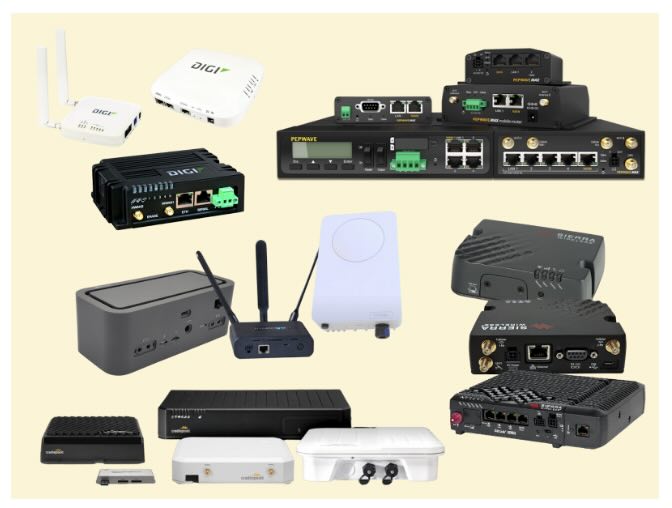



You may have heard the term “Cat” before when it comes to Ethernet cables (e.g. Cat 5, Cat 6), but what about when someone is talking about cellular? “Cat” refers to the category of a 4G LTE modem (5G does NOT use categories). 4G LTE (Long Term Evolution) is a cellular technology in which both voice and data service can operate.
Categories are used to define the performance specs of the LTE device. They range from 1 to 22 and differ with regards to the frequency band support as well as the upload and download speeds they are capable of running. For example, Cat 1 modems can download at up to 10 Mbps (megabits), while Cat 22 modems are going to receive download speeds of up to 4 Gbps (gigabits).
This is the first category that can reach up to 600 Mbps for downloads and upload speeds above 50 Mbps. Cat 11 may be appropriate for handling a higher number of devices for streaming and more bandwidth intensive applications.
|
LTE Category |
Max Download Speed |
Max Upload Speed |
|
10 Mbps |
5 Mbps |
|
|
100 Mbps |
50 Mbps |
|
|
150 Mbps |
50 Mbps |
|
|
300 Mbps |
50 Mbps |
|
|
300 Mbps |
100 Mbps |
|
|
Cat 11 |
600 Mbps |
75 Mbps |
|
600 Mbps |
100 Mbps |
|
|
800 Mbps |
226 Mbps |
|
|
1200 Mbps |
300 Mbps |
|
|
1600 Mbps |
300 Mbps |
|
|
2000 Mbps |
300 Mbps |
|
|
4000 Mbps |
450 Mbps |
5G technology is the latest advancement in cellular connectivity, offering significantly faster data speeds, reduced latency, and the ability to connect a larger number of devices simultaneously. It represents a major leap from previous generations, enabling new applications across various sectors such as healthcare, transportation, and smart cities.
For instance, 5G networks can support real-time data transmission for telemedicine, allowing doctors to monitor patients remotely with high-definition video and instant data sharing. Additionally, in the transportation sector, 5G enhances connected vehicle technology, improving safety and efficiency through real-time communication between vehicles and infrastructure.
The applications of 5G technology span multiple industries, revolutionizing how businesses operate and interact with their customers. Sectors such as agriculture, healthcare, and entertainment are leveraging 5G to enhance productivity and create innovative services.
In agriculture, for example, 5G enables precision farming techniques through IoT devices that monitor soil conditions and crop health, leading to better yields. In entertainment, 5G facilitates immersive experiences in gaming and live streaming, allowing users to enjoy high-quality content without buffering or lag.
Selecting the right 5G router is crucial for maximizing the benefits of 5G technology in your home or business. Factors to consider include speed, compatibility with various networks, and the number of devices it can support simultaneously.
For instance, a router that supports both low-band and mid-band 5G frequencies can provide better coverage and speed in different environments. Additionally, features like advanced security protocols and easy setup processes can enhance user experience and ensure reliable connectivity.
The future of cellular connectivity is poised for exciting developments as technology continues to evolve. Innovations such as network slicing and enhanced mobile broadband are expected to shape the landscape of communication in the coming years.
Network slicing, for example, allows operators to create multiple virtual networks within a single physical 5G network, catering to specific needs such as IoT applications or high-speed video streaming. This flexibility will enable businesses to optimize their connectivity solutions and improve overall efficiency.
